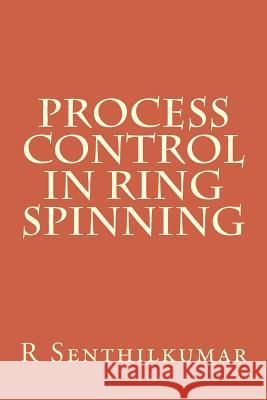Process Control in RIng Spinning » książka
Process Control in RIng Spinning
ISBN-13: 9781533358813 / Angielski / Miękka / 2016 / 76 str.
Spinning is the process of producing continuous twisted strands (yarn) of a desired size from fibrous materials. Spinning can be categorized based on staple length as long staple spinning and short staple spinning. Short staple spinning machines process fibres such as cotton, polyester, viscose and its blends thereof. The yarn formation is usually accomplished by any one of the spinning systems. Spinning systems presently employed include ring, rotor, self-twist, friction, air-jet, twistless and wrap-spinning, with the first mentioned two systems by far the most important for cotton spinning, together accounting for far over 90% of the cotton yarn produced globally. The ring spinning invented by John Thorpe in 1830 has been very successful in producing yarns from staple fibres. Since its inception, ring spinning had remained unchallenged for almost 150 years. Ring-spinning accounts for some 75% of global long and short staple yarn production. The main reason attributed for the success of ring-spinning over other spinning systems is the superior quality, notably strength and evenness, of ring-spun yarns over those produced by other systems.
Zawartość książki może nie spełniać oczekiwań – reklamacje nie obejmują treści, która mogła nie być redakcyjnie ani merytorycznie opracowana.











